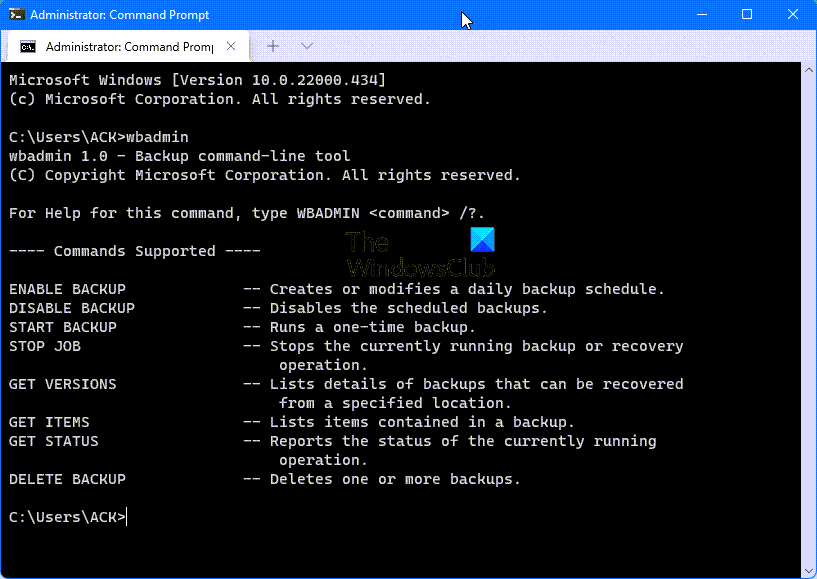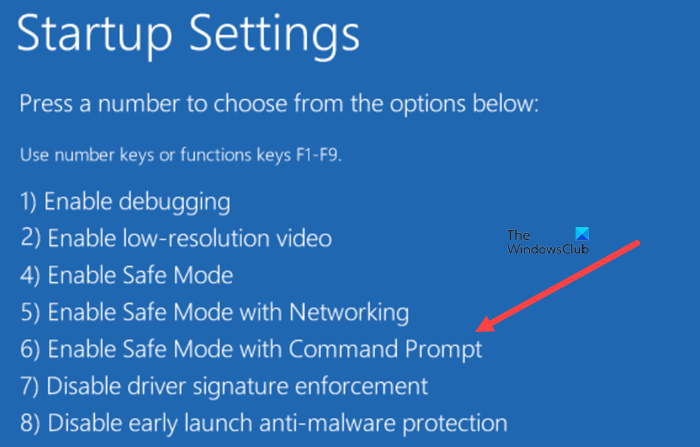A lot of things can result in the failure of your Windows system to boot. Once it happens, the simple solution would be to restore the system to an earlier date via Advanced Startup Options. However, if you’ve something important added to the system after the restoration point date, you might not be able to recover it. What you can do to avoid such situations is transfer files in Safe Mode using WBAdmin command line tool before proceeding with your boot option. WBAdmin enables you to back up and restore your Windows operating system, volumes, files, folders, and applications from a command prompt.
Transfer Files in Safe Mode using WBAdmin tool

WBAdmin tool is a utility that enables you to back up and restore your operating system, volumes, files, folders, and applications from a command prompt. You can use it to transfer files in Safe Mode when your system fails to boot. Here’s how!
- Turn on your computer.
- Press the F8 key repeatedly to go to Advanced Boot Options.
- Select Safe Mode with Command Prompt option.
- Once you enter the Safe Mode, in the command prompt window, type
wbadmin start backup -backuptarget:E:-include:C: - Type Y for Yes
- Allow the transfer of files in Safe Mode.
You need to run wbadmin from an elevated command prompt, by right-clicking Command Prompt, and then selecting Run as administrator.
Power on your computer and keep pressing the F8 key repeatedly.
This will give you access to Advanced Boot Options.

Go to Startup Settings and select it.
Use the arrow key to navigate to the Safe Mode with Command Prompt option.
Hit Enter to enter the Safe Mode.
Now in an elevated CMD, type the following command to backup C: drive to external hard drive (In this case – E:)
wbadmin start backup -backuptarget:E:-include:C:
When prompted to confirm the action, press “Y” to start backing up under Safe Mode.
What is the purpose of Safe Mode?
The purpose of the Safe Mode is to start Windows in a basic state by using only a limited set of files and drivers. This helps you to narrow down the source of a problem, and look for ways to troubleshoot Startup problems on your PC. There are three different types of Safe Mode:
- Safe Mode
- Safe Mode with Networking
- Safe Mode with Command Prompt.
Why is F8 not working for Safe Mode?
Microsoft has cut short the time for the F8 key to invoke the Boot menu to almost zero interval. As such, users find it hard to access and press the F8 key to invoke the boot menu and then, start the Safe Mode.
Hope this helps.